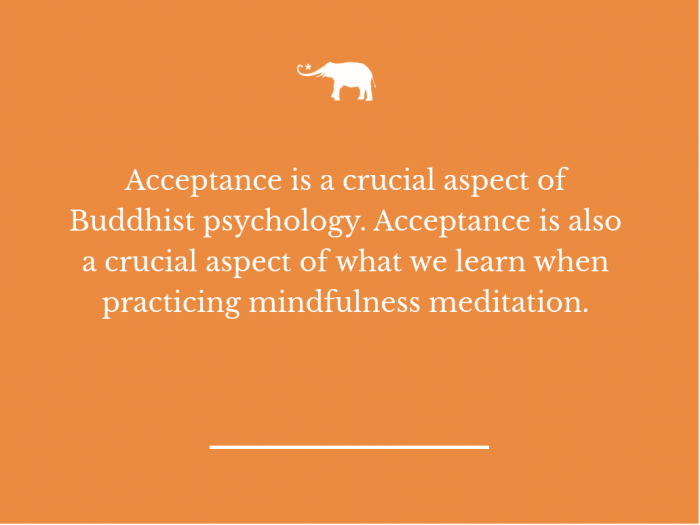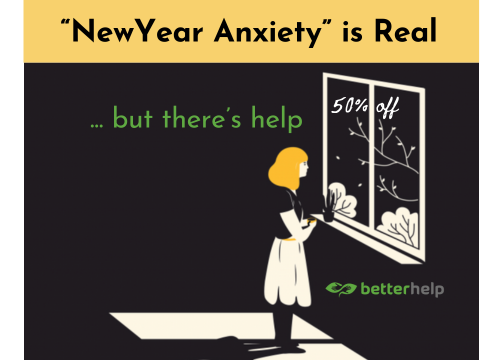Buddhist Psychology
Buddhism is a religion without a deity which perhaps is one of the reasons it is becoming more popular in western societies where secularism is growing. It is also becoming more widely known that Buddhism has a lot to offer in psychology.
Buddhism Psychology focuses on the direct experience of the individual. It focuses on increasing the individual’s awareness of how they are operating in their daily life. It also offers tools to help the individual deal with a range of mental health issues, including anxiety and depression.
However, Buddhists do not talk about mental health issues the same way as western psychologists. Whereas a western psychologist might diagnose anxiety based on a list of symptoms, Buddhist psychology would look at the root cause of those symptoms.
At the root of anxiety are fear-based thoughts.
Western psychologists might split anxiety into different categories such as social anxiety, generalized Anxiety, OCD etc.
From a Buddhist perspective, fear is at the root of all suffering, and the presence of suffering is the first noble truth.
Let’s look at an example of how fear is at the core of anxiety.
Let’s imagine last week a student sat an exam, and during this exam, the student had to be excused because they had a panic attack.
The student had to get up in front of all their classmates and walk out of the silent hall into the lobby where they could sit down and were told to “calm down”.
The teachers didn’t know how to deal with the student, they tried to tell them to breathe deeply, but the student could not concentrate because they were experiencing a panic attack.
Everything was a blur, and eventually, the panic died down, and the student could breathe again, crying, feeling embarrassed and ashamed the student looked to their teachers for help but knew they didn’t know what to do.
The student’s mum was called and picked them up in the car, and on the drive home, the student felt like a failure because they couldn’t even finish their exam. The student is feeling ashamed and embarrassed about the whole experience.
Having gone through this experience, this individual will become fearful of exams, potentially even afraid of the school itself. The individual could become afraid of losing control in a public space, translating into fear about losing control outside of school, anywhere where there are other people around.
Due to the people around them not being able to help them during a vulnerable moment, they may find feeling safe anywhere very difficult because they know if they lose control, no one else can help.
One episode of panic can quickly turn into what would be diagnosed by western psychologists as generalized anxiety. As we can see from the description of feelings this student experienced, the root cause of their generalized anxiety is fear.
Observing & Accepting
As we have just talked about Buddhism’s first noble truth, life is suffering. This could be perceived as a pretty negative point of view. However, Buddhism also points to the notion that if we accept this noble truth, that life is suffering, then we become free from it in this process.
Acceptance is a crucial aspect of Buddhist psychology. Acceptance is also a crucial aspect of what we learn when practicing mindfulness meditation.
During a mindfulness meditation practice, we sit with our thoughts and feelings and learn to observe what is present.
Sometimes we might be sitting and feeling good during practice, and sometimes we will be sitting and having a bad day. The practice is to observe everything equally. We begin to come to terms with the fact that we experience “negative” emotions and learn to accept them.
In the case of the student, with a practice of mindfulness meditation, if she had already been practicing for some time before this episode of panic. She would still experience all of the feelings of shame, of embarrassment and fear of public spaces after her panic attack.
However, since she had practiced observing her feelings and accepting them without judging them, they are likely to have less of an effect on how she moves forward in her life from that point.
Because, when she observes thoughts the next day, which tell her it’s not safe to go outside, she will know how to observe the thought, accept it, and then decide to take action anyway. She is stopping her fear from ruling her life. So in this way, once the student has learned to observe and accept, she is free from her suffering. She is still feeling suffering but can choose how she will behave.
And over time, the feelings of fear will become less and less as she teaches herself that she does not need to fear.
Thought Transformation
Another concept relevant to this topic is thought transformation. We’ve talked so far about observing and accepting. Buddhist Psychology also gives us insight into how we can transform our thoughts.
For this example, I will use jealousy.
Say you struggle with jealousy (which at its root is also fear)
You receive a picture from a friend of her prom dress, it is expensive and absolutely gorgeous. She looks stunning in it, and immediately you feel jealous of her. Your dress is not as expensive and you are fearful that you will not look as lovely as her and that other people at prom will laugh at you whilst congratulating her. Suddenly you are feeling really anxious about going to your prom.
Once you’ve observed that this mental process is going on, you notice that you feel jealous and why. You can use thought transformation to shift this thought for yourself.
First, it is essential to accept this thought. You can do so in your head or out loud.
A simple thank you for sharing should be enough. Or you might need to be more specific and say, thank you for sharing your thoughts on my friend’s prom dress.
It might feel weird to do this, but you are acknowledging this thought and accepting it with this simple statement.
Then it’s time to transform the thought.
Buddhist Psychology recommends using thought replacements that center around compassion for self and others for example;
I am a compassionate and caring person
I care for myself
May I be safe and protected
It is essential to connect these statements with feelings. If it helps to change the wording so that you connect with it better, that’s fine.
Something which works for me personally is to switch my focus to my present moment. I remember what I am grateful for in my own life first, and I feel gratitude for those people and things that I have.
And then I think about the person who sent this photo to me, and I think about their life, their hopes and dreams, and wishes, and through that, I can find compassion instead of jealousy, and then I can be truly happy for excited with them.
Buddhist Psychology has a lot to offer us regarding how to deal with anxiety. These are a few examples. Mindfulness meditation is a practice that can teach students how to observe and accept their anxious thoughts and feelings. And second, how to transform habitual thought patterns.










Read 0 comments and reply